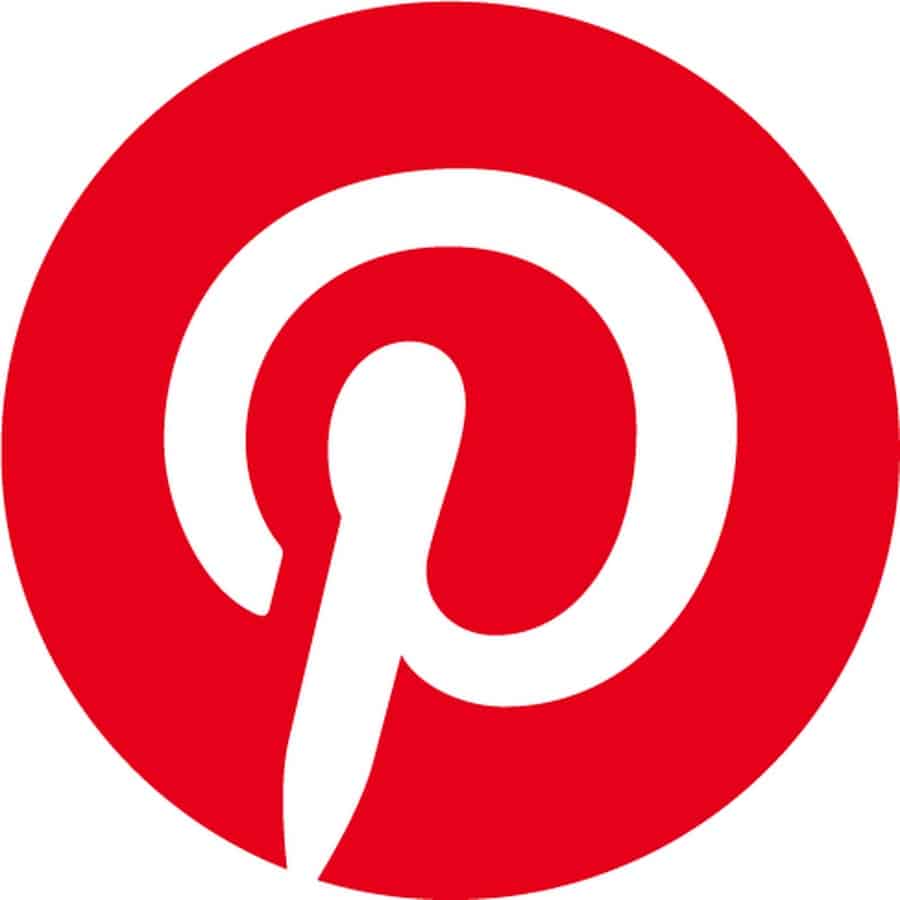Why Eat Microgreens? There are many exciting reasons to include microgreens in your life, from their nutrition, ease of growing, and they are just so darn cute. But First, Let’s answer the question, What is a Microgreen?
An exciting new class of edibles. Microgreen are harvested after the leaves expand. They differ from sprouts, having not only roots, but leaves too. So, Microgreens are seedlings, usually 1-3 inches tall.
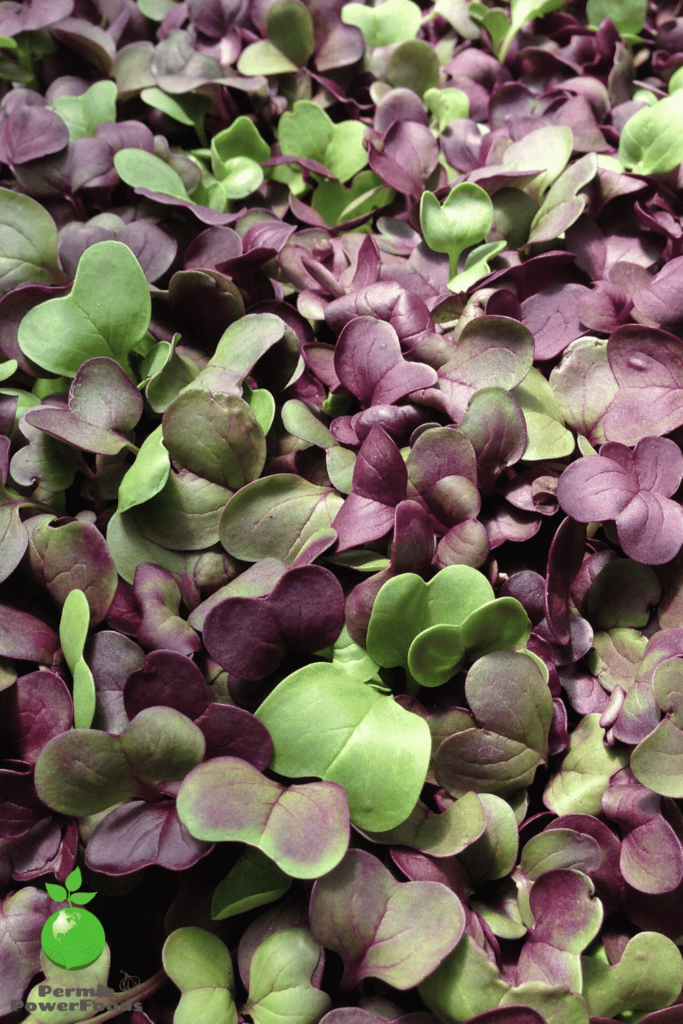
Microgreens are seedlings of vegetables, herbs, grains, or legumes.
These cute little baby plants are now being studied for their dense nutrients.
Why Eat Microgreens ?
First, because they are delicious!
Also, It is being shown in some initial studies that the microgreens are more densely packed with nutrients than their full grown versions.
Microgreen use is gaining popularity in the culinary world for their vibrant colors and variety of broad range of flavors.
Although they are Tiny, Microgreens have Big, Bold, and Distinctive Flavors.

They have become a popular choice with health conscious people due to the higher concentrations of vitamins, minerals, and antioxidants that are so important to our health.
Popular choices of Microgreens:
Broccoli, radish, mustard, arugula, lettuce, amaranth, beet, lentils, chickpeas, and so many more.
Permie Power Foods wants to stimulate interest in self study and scientific studies on microgreen use as part of a healthy diet.
Microgreens Uses
There are many ways to incorporate microgreens into your diet. You can blend them into your smoothie, try them on top of pizza, omelets, curries, soups, stir-fries, wraps, and pasta.
Combine your microgreens for a Power Food Salad, mix pea shoots, sunflower, arugula, and broccoli sprouts.
Adding then to your favorite dish is not only eye appealing, but a super nutritious addition. Bringing you bursts of freshness along with power full variety of flavor profiles.
Why eat microgreens? You can get bitter, sour, umami, sweet, and spicy with just a few microgreens.
Microgreen Nutrition Facts
Phytonutrient levels of edible parts of plants change as they go through the growth stages.
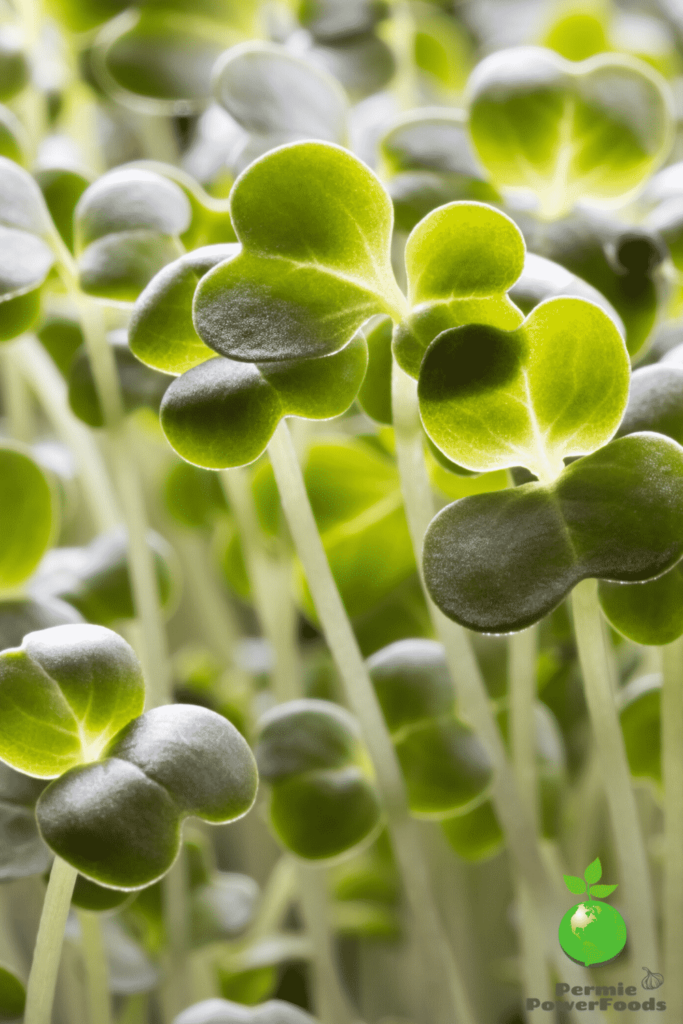
Assistant professor Qin Wang and graduate student Zhenlei Xiao with the College of AGNR’s Department of Nutrition and Food Science participated in the study, which looked at nutrients like Vitamin C, E, K and beta carotene found in 25 different types of microgreens including cilantro, celery, red cabbage, green basil and arugula.
Their research ultimately discovered that the microgreens contained four to 40 times more nutrients than their mature counterparts.
There is still so much to find out about sprouts and microgreens. What we do know is that eating a diet high in vegetables is linked to lower risks for many health issues
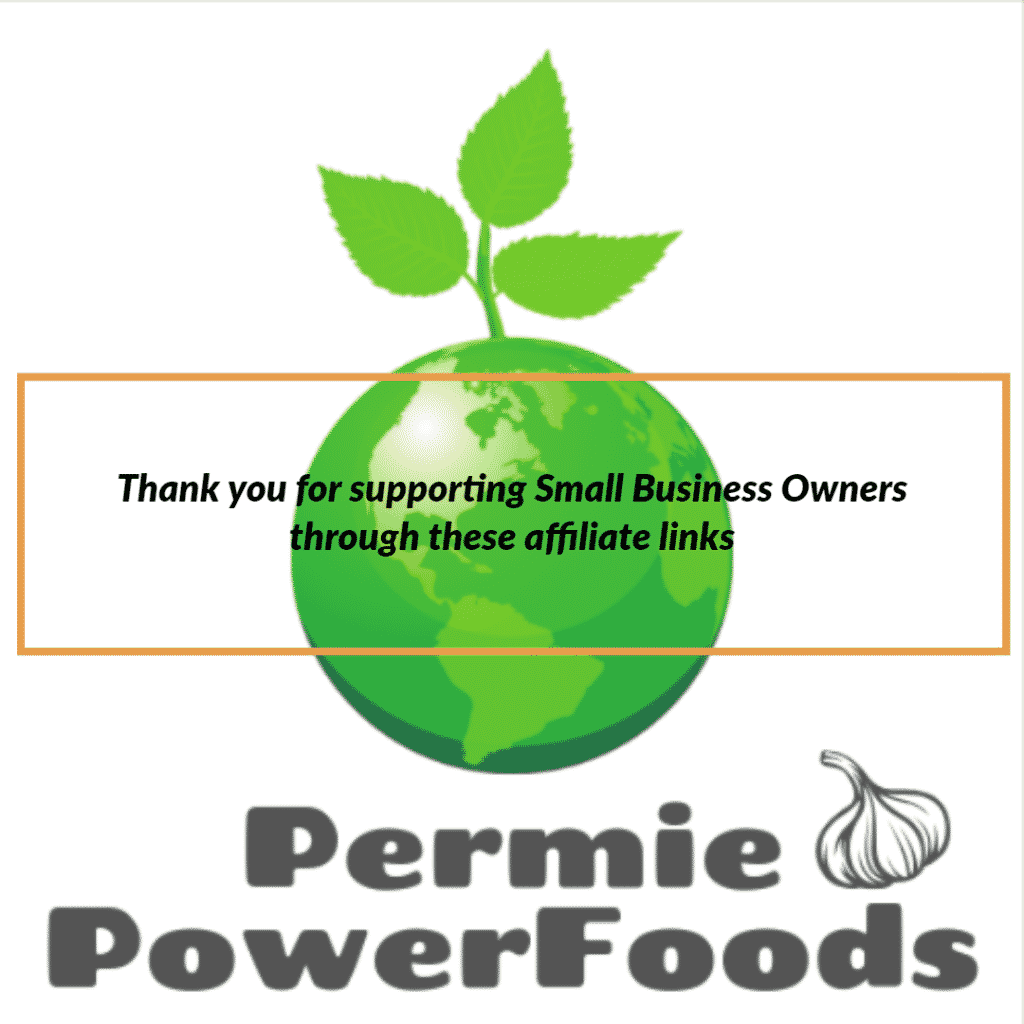
How Do I Grow Microgreens at Home?
It is easy to grow your own microgreens at home. It is actually preferable! There is rarely an opportunity to eat a food so fresh with very little work.
Supplies for growing Microgreens at home:
Growing Light, Full Spectrum LED, LED, or Sunlight
Organic Soil or other Growing Medium like Coconut Coir, Pete Moss, or Potting Mix.
Optional – Warming Mat
Steps to Growing Your Own Microgreens at Home
First, pour about a cup of water into your growing tray. Fill tray 3/4 full of growing medium.
Shake seeds onto soil covering densely. Spray lightly with water. Place another seed tray on top of the seeds and place in a dark space on top of your warming mat if using one.
Check on them once a day and spray lightly to keep moist. Once leaves have sprouted, place tray under a light or close to a window with good sunlight. There are many opinions on how long to place under a light, 12 on 12 off works well with the use of a timer.
How to Store Your Microgreens
Don’t cut your greens until you have to.
Let them grow and cut and eat them as use them. After harvesting them, keep your sprouts moist. You can do this by putting them in a damp cloth or paper towel and storing them in the fridge.
Will Microgreens Regrow ?
Sometime you may have some seeds that are late bloomers, but your microgreens will only grow once.
Conclusion
Have fun incorporating microgreens into your diet. Try growing your own, it is an easy way to have access to fresh, nutrient dense food.
ARTICLES OF INTEREST
The Fermented Pineapple Drink know as Tepache

Vegetarian Kimchi Recipe and Tips
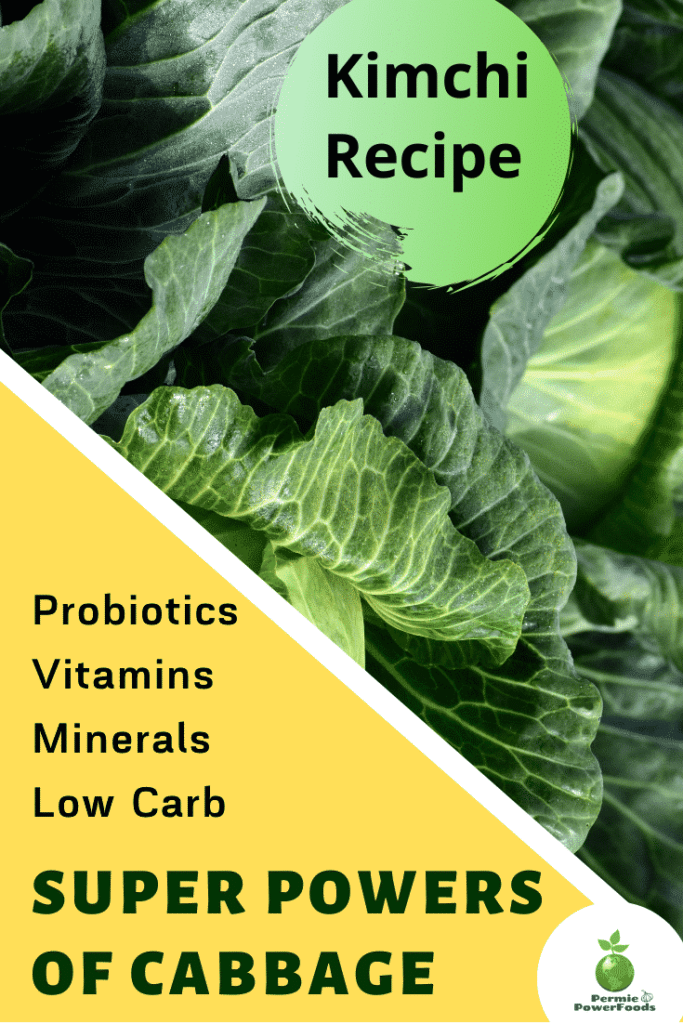
Thank you for reading, please Like, Share, Comment, and Follow Us for more POWER FOOD info!

